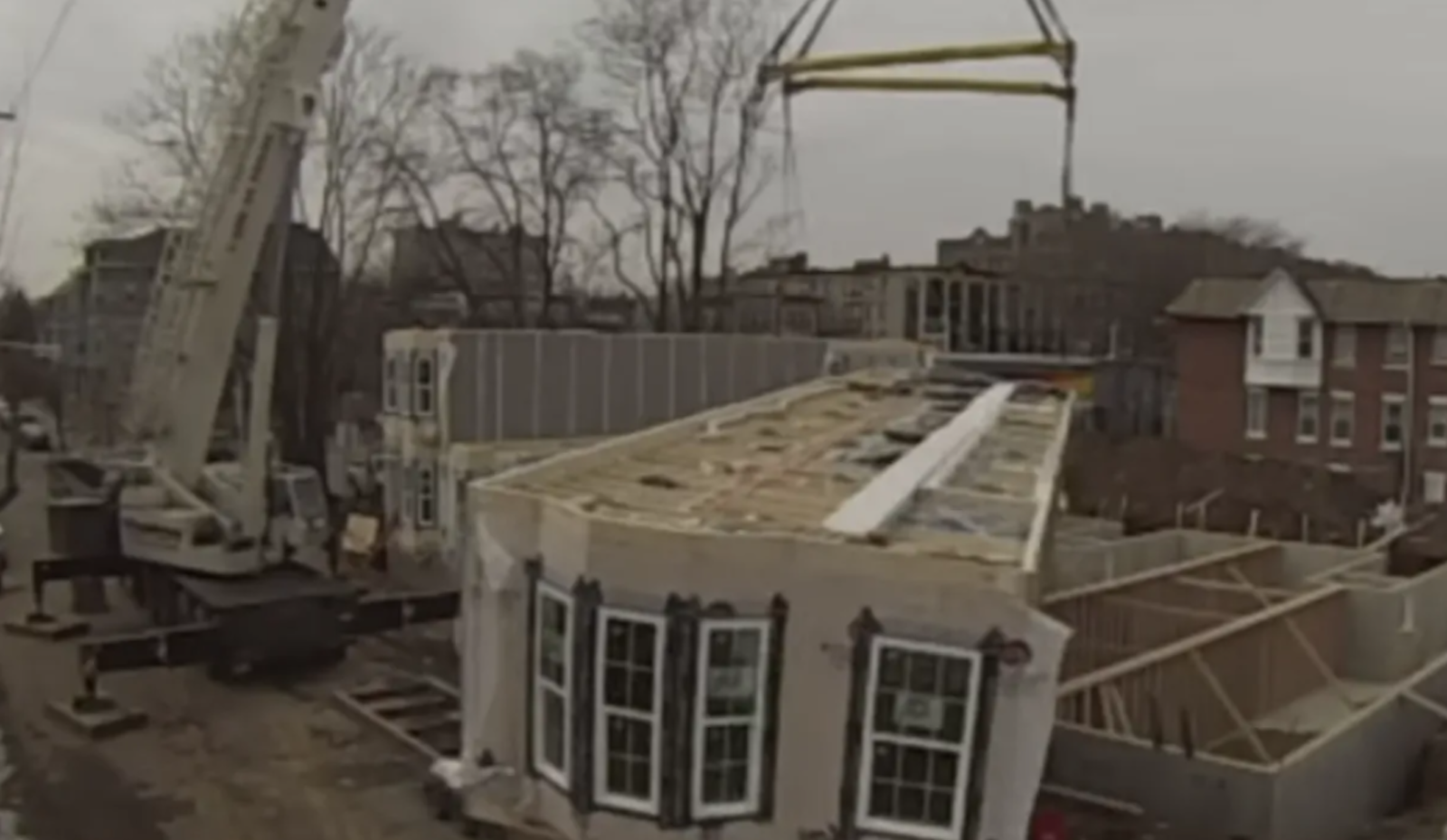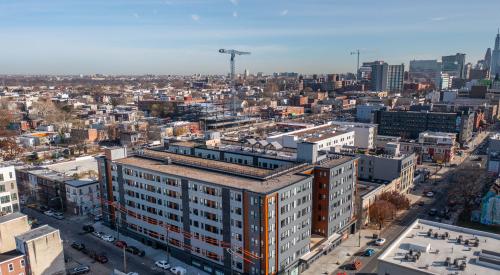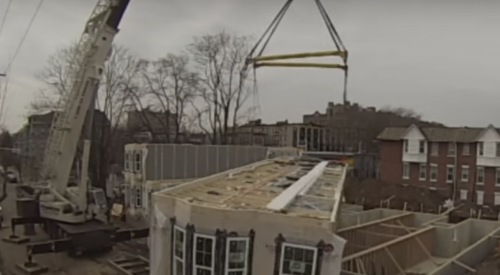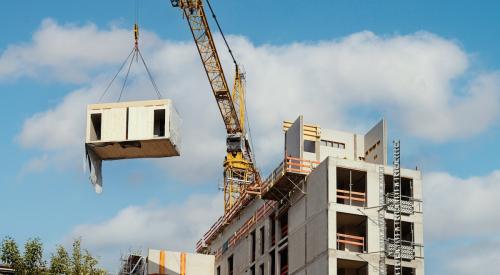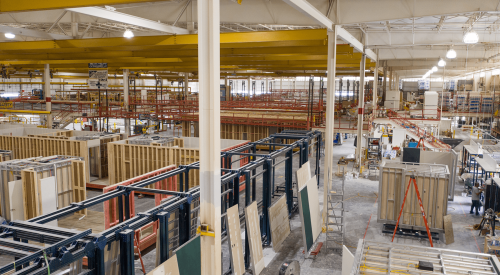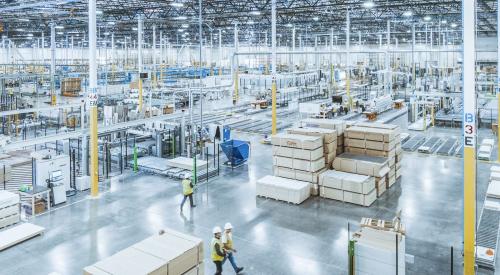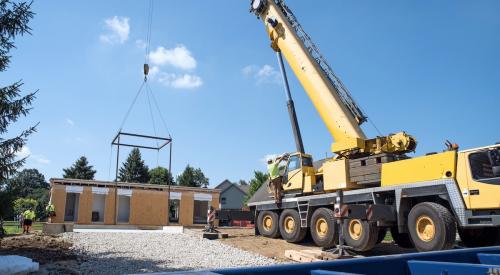Forget what you know about stick-built projects and start over with a clean slate.
Modular projects need different timelines, a different set of stakeholders, and therefore deserve a different process to be successful. As Daniel Gehman, principal at architecture firm Danielian Associates wrote in a recent blog post:
I offer a fundamental encouragement to anyone considering a modular project: conceive of it as modular or prefabricated from the very word “go.”
In 2019, Volumetric Builder Companies completed a multifamily project in Philadelphia that took 11 months, when a project of that size typically takes about 24 months. The $15.6 million wood-framed project, called 4125 Chestnut, was made up of 75 modular units for a total of 130 units and completed in 2019.
“Prefab project success can only be quantified by exceeding the schedule of a site-built project, in my opinion. No other metric is as important. If we're not delivering speed with all the advantages of modular, we're not succeeding,” said Anthony Gude, director of operations at R & S Tavares Associates, a company that provides services that include design, structural engineering, consulting, and project management for prefabricated buildings.
The time savings are incredibly important for the reduction in carrying costs and the ability to have faster cash flow with access to finished units sooner.
“In addition to reduced timelines, the benefits of modular can be measured in few to no change orders, less contingency financing needed and fewer difficulties in the project due to weather, crew retention and local inspectors demanding last minute changes that cost time and money in on-site construction,” said Vaughan Buckley, VBC president.
